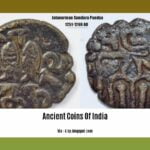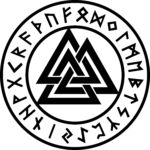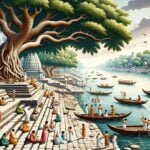Are you ready for an exciting adventure through time? We’re going to explore ancient India, not from a history book, but through the eyes of archaeologists! They’re the detectives of the past, digging up clues and piecing together stories from long ago. Let’s uncover how they find out about this fascinating civilization, from digging in the dirt to studying ancient coins and symbols.
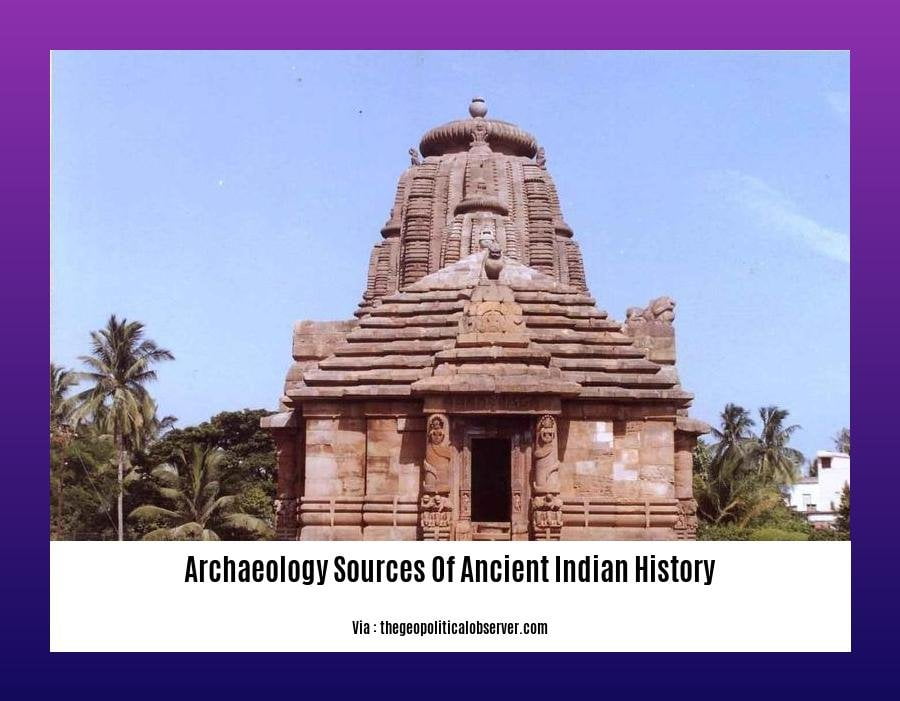
Archaeology: Uncovering the Past of Ancient India
Imagine stepping into a treasure trove of secrets, where every artifact whispers tales of a bygone era. Archaeology, the study of these relics, unveils the captivating tapestry of India’s ancient history.
The Time Capsule of Archaeology
Archaeologists delve into the depths of the earth to unearth a treasure trove of sources that illuminate the past:
- Ruins and Monuments: Gaze upon towering temples, majestic forts, and opulent palaces that once housed the lives, dreams, and aspirations of ancient Indians.
- Artifacts: Handle pottery that adorned their homes, tools that shaped their existence, and weapons that defended their territories.
- Inscriptions and Texts: Decipher the etched stories on stone, metal, and clay that reveal the names of legendary rulers, the workings of empires, and the beliefs that guided their lives.
- Paintings and Sculptures: Admire the vibrant artistry that captured scenes from their daily routines, their religious practices, and their profound connection to nature.
The Significance of Archaeological Discoveries
These archaeological treasures are more than just physical relics; they are living bridges to the past, offering insights that:
- Provide Tangible Proof: Unlike written records, archaeological remains offer undeniable evidence of ancient events and cultures, giving substance to the stories we weave.
- Complement Literary Sources: Archaeology often harmonizes with written texts, confirming or illuminating historical accounts, deepening our understanding of the past.
- Uncover Lost Civilizations: Like forgotten stars, archaeological excavations have unearthed the existence of civilizations previously hidden from our knowledge, such as the enigmatic Indus Valley Civilization.
- Enrich Historical Narratives: By providing colorful details, archaeological discoveries breathe life into historical events, allowing us to witness the rise and fall of empires, the ebb and flow of religions, and the daily rhythms of ancient lives.
So, as you embark on your own archaeological adventure, remember that beneath the soil lies a treasure trove of stories waiting to be discovered. Each artifact holds a fragment of a forgotten past, offering us a glimpse into the vibrant tapestry of ancient India.
- Explore the rich history and cultural heritage of Nigeria by visiting the centre of ancient civilization and learning about its significance.
- Learn the techniques and methods for cleaning ancient coins to preserve and highlight their historical value.
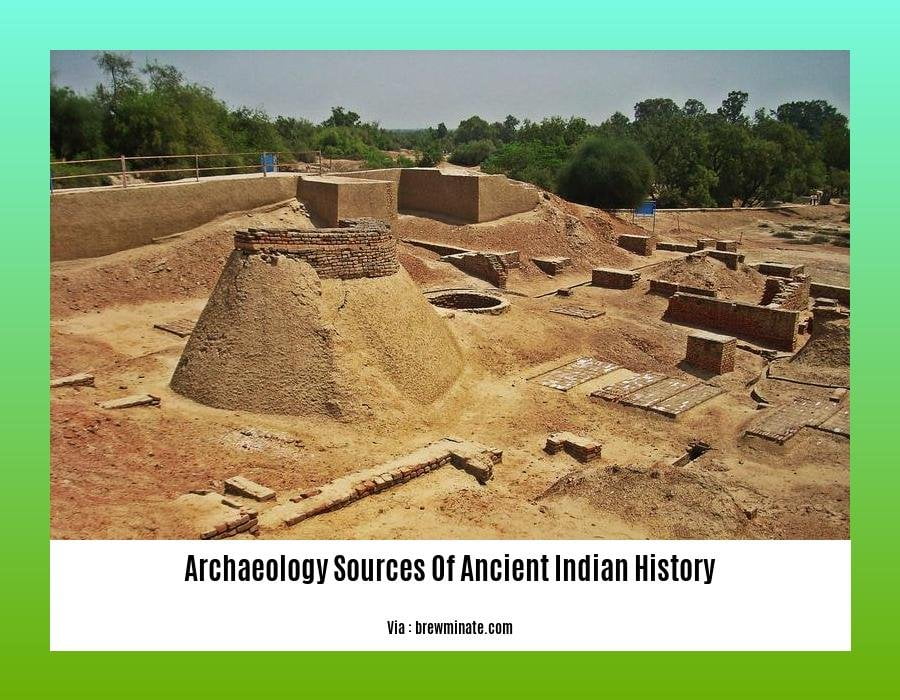
What is the importance of archaeology in rewriting the history of ancient India?
Imagine being able to piece together a puzzle of the past, one tiny piece at a time. That’s what archaeologists do when they dig into the ground. They unearth ancient ruins, pottery, tools, and other bits and bobs that help us to rewrite the history of India in a whole new light.
How Archaeology Rewrites History
Archaeology does a whole load of cool things that helps us make sense of the past:
- It gives us physical proof: Unlike written records, which can be changed or lost, archaeological findings are physical reminders of what happened. Archaeologists can study them to learn about everything from ancient buildings and pottery to how people lived their daily lives.
- It fills in the gaps: Written records often don’t cover the whole story, especially when it comes to the lives of ordinary people. Archaeology steps in to fill in those gaps and give us a more complete picture.
- It brings lost worlds to life: Archaeologists have discovered entire civilizations that were hidden from us before, like the Harappans. Their ruins tell us about their culture, their technology, and even their everyday habits.
The Importance of Preserving the Past
But archaeology isn’t just about uncovering lost civilizations. It’s also about preserving our cultural heritage. These ancient sites and artifacts are like time capsules that connect us to our ancestors and remind us of our rich history. Preserving them means we can pass on this legacy to future generations.
What We’ve Learned from Archaeology
Archaeology has helped us to understand so much about ancient India:
- The Harappan civilization flourished in the Indus Valley around 2600 BCE. They built cities with plumbing, granaries, and even a sophisticated system of weights and measures.
- The Mauryan Empire, founded by Chandragupta Maurya, was one of the largest and most powerful empires in ancient history. It stretched from the Caspian Sea to the Bay of Bengal.
- The Gupta Empire, known as India’s “golden age,” saw a flourishing of art, architecture, and literature. It was during this time that the famous Sanskrit epic, the Mahabharata, was written.
Archaeology’s Impact on Modern India
Archaeology doesn’t just tell us about the past. It also has a real impact on our present lives:
- Historical accuracy: Archaeology helps us to correct historical mistakes and ensure that our textbooks tell the most accurate and complete story.
- Cultural preservation: By preserving archaeological sites, we can promote tourism and create a sense of pride in our heritage.
- Sustainable development: Archaeology can help us understand the past and use that knowledge to guide our present and future development.
Conclusion
Archaeology is an essential tool for understanding the history of ancient India. It provides tangible evidence to complement written records and oral traditions. It uncovers lost civilizations, challenges traditional narratives, and preserves our cultural heritage. Archaeology is not just about digging up the past; it’s about bringing it to life and enriching our understanding of where we come from.
What was the beginning of Indian history and what kind of history can be deduced from the archaeological sources?
The fascinating history of India has been brought to life by archaeological discoveries. It’s like having a time machine that takes us back to the lives of our ancestors. Digging up old ruins, artifacts, and writings has given us a glimpse into India’s past, from the first people who settled there to the magnificent civilizations that thrived centuries ago.
These archaeological treasures are like puzzle pieces that fit together to create a picture of ancient India. We can see how people lived and organized themselves, what they traded, the skills they had, and even their beliefs. The Indus Valley Civilization, which existed around 5,000 years ago, is a prime example. It shows us how advanced ancient Indians were, with cities, complex trade routes, and impressive crafts.
Archaeological sources do more than just tell us about ancient India. They also add to what we learn from old books and writings. Together, these sources paint a complete picture of India’s development.
Key Insights:
- Archaeology shows us the physical evidence of India’s past, helping us understand its origins.
- Discoveries uncover clues about ancient civilizations, their lifestyles, trade, and culture.
- Archaeological sources complement written sources, giving us a comprehensive view of ancient India’s history.
Remember:
- Archaeological discoveries are like pieces of a puzzle that reveal our past.
- They show us how ancient Indians lived, worked, and created.
- By combining archaeological and written sources, we can gain a fuller understanding of India’s rich history.
How can archaeological excavations play an important role in understanding the different periods of ancient Indian history?
Archaeological excavations are like a treasure hunt that takes us on a journey through time. They’re a chance to uncover hidden clues and bring ancient worlds back to life.
Uncovering History’s Secrets
Excavations dig up real-life stuff from the past – things that people used, built, and worshipped. These artifacts and structures tell us a whole story about how people lived, what they believed in, and how they changed over time. Imagine finding a palace with paintings of ancient kings and queens, or a temple with carvings showing how people prayed to their gods.
Building a History Timeline
Just like detectives, archaeologists use clues from excavations to create a timeline of ancient India. They look at how artifacts are buried in different layers of dirt, like pages in a book. This helps them figure out what happened first, next, and last.
Connecting the Dots
Excavations also show us how people from different parts of India interacted with each other. They might find pottery from another region, or coins from faraway lands. These clues help us understand how ideas, goods, and people traveled and shaped ancient Indian history.
Benefits of Archaeological Excavations
- Uncover hidden histories: Excavations bring ancient stories to life, showing us what people were like and how they lived.
- Create a timeline: They help us understand the order of events and how ancient India changed over time.
- Reveal cultural connections: Excavations show how people from different parts of India and beyond connected and exchanged ideas.
So, when you hear about an archaeological excavation, don’t just think of a bunch of dirt. Think of it as a gateway to the past, where we can uncover the secrets of ancient Indian history! 
FAQ
Q1: What are the key archaeological sources for reconstructing ancient Indian history?
A1: Archaeological sources include ancient ruins, remains, and monuments, as well as artifacts and inscriptions. These sources provide valuable insights into the lives, cultures, and histories of ancient Indian civilizations.
Q2: How have archaeological sources deepened our understanding of ancient Indian civilization?
A2: Archaeological excavations and analysis have revealed the existence of major civilizations in ancient India, such as the Indus Valley Civilization and the Gupta Empire. These discoveries have shed light on the political, economic, and social structures of these civilizations, as well as their art, architecture, and religious practices.
Q3: What are the challenges involved in using archaeological sources to reconstruct ancient Indian history?
A3: Challenges include the fragmentary nature of archaeological evidence, the difficulty in interpreting and dating artifacts, and the potential for bias in the selection and interpretation of sources.
Q4: How can archaeological sources contribute to a more nuanced understanding of ancient Indian society?
A4: Archaeological sources can provide insights into the daily lives of ancient Indians, their social hierarchies, economic activities, and religious beliefs. By studying artifacts such as tools, pottery, and jewelry, archaeologists can reconstruct aspects of ancient Indian society that may not be fully captured through written records.
Q5: What are the ethical considerations involved in the use of archaeological sources?
A5: Archaeologists have a responsibility to preserve and protect archaeological sites and artifacts, and to respect the cultural heritage of the communities they study. They must also consider the potential impact of their research on local communities and ensure that their findings are disseminated in a responsible and ethical manner.
- Vietnam One Richmond: Authentic Pho & Rolls Review - April 16, 2025
- Amazing March Fun Facts: Unveiling History & Celebrations - April 15, 2025
- Master how to write height: A complete guide - April 15, 2025
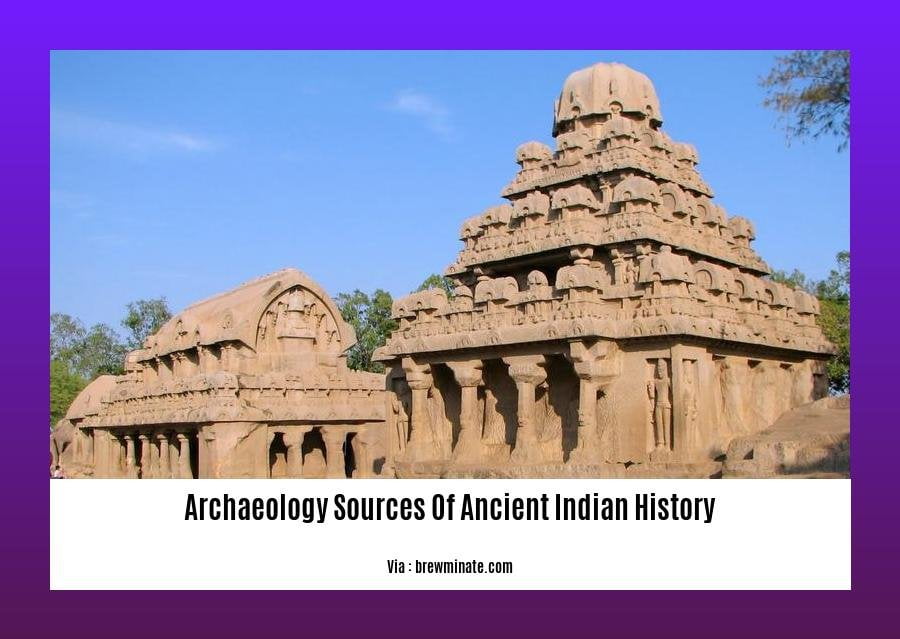
![[Ancient Coins of India Price]: Unveiling the Value of Historical Treasures ancient-coins-of-india-price_2](https://www.lolaapp.com/wp-content/uploads/2023/12/ancient-coins-of-india-price_2-150x150.jpg)
